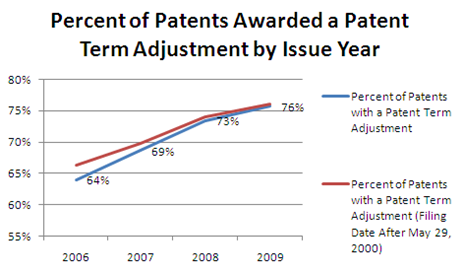Guest Post by Shubha Ghosh, Vilas Research Professor & Professor of Law at the University of Wisconsin Law School
A year and a half ago, the Federal Circuit threw down a gauntlet in its Bilski opinion, extensively citing Supreme Court precedent to come up with the “machine or transformation test” to determine when a process constitutes patentable subject matter. Now the Supreme Court has rejected the Federal Circuit’s conclusion that “machine or transformation” is the only test to use and provided an additional basis for why Bilski’s patent for a method of hedging risk is not patentable. In doing so, the Supreme Court has thrown back the gauntlet, leaving scholars and the Patent Bar to speculate on where the USPTO and the Federal Circuit might go with using patentable subject matter as a limit on patentability. When the smoke clears, the Bilski opinion will appear a lot like the KSR decision from 2007 and that should not be surprising since Justice Kennedy authored both.
Here are the highlights of Bilski v. Kappos.Justice Kennedy‘s opinion of the court unanimously affirmed the Federal Circuit’s ruling that Bilski’s patent should be rejected. Where the nine justices agree is that the Federal Circuit erred in distilling from precedents the “machine or transformation” test as the sole one to determine when a process is patentable subject matter. The Court based this ruling on the definition of process in Section 100 of the Patent Act and its own precedents (from the 1970’s and 1981) in Gottschalk v Benson, Parker v Flook, and Diamond v Diehr. There also was agreement that patentable subject matter is broad with limits that are finite and discernible, rather than open ended. One of these limits is no patents for abstract ideas, and there is unanimity that Bilski’s claims for methods of hedging were too abstract, describing a general process well established in the field. In short, there was unanimity in rejecting the “machine or transformation” test as the sole test for identifying a patentable process and affirming the well known exceptions from patentable subject matter: laws of nature, physical phenomenon, and abstract ideas.
 In terms of method, Bilski v. Kappos reminds me of the Canadian Supreme Court’s 2002 decision in Harvard College v. Canada (Commissioner of Patents), which rejected a patent on a multicellular living organism. Both decisions relied heavily on a strict reading of the statute with the Canadian Supreme Court ruling that the word “invention” in the Canadian patent statute did not include living organisms. The Canadian Supreme Court decision, however, seemed to be sending a clear message to the Canadian Parliament to amend the statute if necessary. By contrast, it is not clear what the U.S. Supreme Court’s message is in Bilski. The opinion was a response to the Federal Circuit’s mischaracterization of Supreme Court precedent as a “machine or transformation” test. But at a deeper level, one is left wondering what guidance the Supreme Court is providing for practitioners, scholars, and policymakers. The Court throws the gauntlet back to the Federal Circuit, and presumably they will now take the new precedent and use it to mold patent practice.
In terms of method, Bilski v. Kappos reminds me of the Canadian Supreme Court’s 2002 decision in Harvard College v. Canada (Commissioner of Patents), which rejected a patent on a multicellular living organism. Both decisions relied heavily on a strict reading of the statute with the Canadian Supreme Court ruling that the word “invention” in the Canadian patent statute did not include living organisms. The Canadian Supreme Court decision, however, seemed to be sending a clear message to the Canadian Parliament to amend the statute if necessary. By contrast, it is not clear what the U.S. Supreme Court’s message is in Bilski. The opinion was a response to the Federal Circuit’s mischaracterization of Supreme Court precedent as a “machine or transformation” test. But at a deeper level, one is left wondering what guidance the Supreme Court is providing for practitioners, scholars, and policymakers. The Court throws the gauntlet back to the Federal Circuit, and presumably they will now take the new precedent and use it to mold patent practice.
The lack of clarity is reflected in part in the Justice Breyer concurrence, joined by Justice Scalia, providing four guiding principles for how to determine whether a process is patentable subject matter. The four principles are: (i) there are limits on patentable subject matter; (ii) transformation is an important “clue” to when a process is patentable subject matter: (iii) machine or transformation is not the sole test for determining when a process is patentable subject matter; and (iv) the “useful, concrete, tangible” test does not describe the full scope of what constitutes patentable subject matter. These four distill down to the principle that limits on patentable subject matter have something to do with transformation to a physical state, but that usefulness, concreteness, and tangibility do not describe the extent of patentable subject matter. Justice Breyer’s principles imply that there are limitations on “dubious” patents, such as those for “exercising a cat with a laser pointer” that have nothing to do with machine or transformation. The problem is we have no sense of what those additional limitations are.
Undoubtedly, more litigation is on the way, and perhaps the Court will hear another case involving either a medical diagnostic patent or a “dubious” patent. But the Bilski case will have immediate impact on how patents are prosecuted. After the Supreme Court’s 2007 KSR decision, patent examiners latched onto the Supreme Court’s language about “common sense” to issue obviousness rejections because a claimed combination was deemed “common sensical.” We can predict similar responses post-Bilski. The Court did not kill machine or transformation; it is now just one test. Patent examiners can still use the test as a basis for rejection. In addition, the Court’s emphasis on abstract ideas creates another basis for rejecting patents for lack of patentable subject matter.
Specifically, the Court has now revived the Gottschalk-Parker-Diehr line of cases, which were established before the creation of the Federal Circuit and which the Federal Circuit had distilled over time into the expansive “useful-concrete-tangible” approach to patentable subject matter and then into the “machine or transformation test.” In effect, the Supreme Court by reviving its precedent has negated over twenty-five years of the Federal Circuit’s attempts at doctrine. This revival opens up possibilities for examiners to rethink the relationships among process, machine, and the physical world. “Dubious” patents may be rejected because the physical phenomenon is trivial or too preemptive of the field. Patent claims might require closer connection to a machine embodiment as opposed to an abstracted, disembodied form. An interesting question to ask is whether the patent at issue in State Street would survive the analysis proposed by Bilski. On the one hand, the asset allocation method at issue is arguably as abstract as the hedging method. On the other hand, the method seems closely tied to a machine to give the process some specific limits.
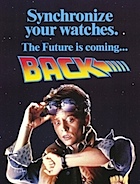 Ultimately, Bilski v Kappos says more about how patent law is made in the United States than about patentable subject matter. By setting the clock back to 1982, the Supreme Court is telling the Federal Circuit to try again in devising workable rules for patent law. The Federal Circuit wrote an opinion that was goading the Supreme Court to address the issue of patentable subject matter after nearly three decades. The resulting opinion raises some fundamental and unsettled questions and, unfortunately, gives us the same, old answers.
Ultimately, Bilski v Kappos says more about how patent law is made in the United States than about patentable subject matter. By setting the clock back to 1982, the Supreme Court is telling the Federal Circuit to try again in devising workable rules for patent law. The Federal Circuit wrote an opinion that was goading the Supreme Court to address the issue of patentable subject matter after nearly three decades. The resulting opinion raises some fundamental and unsettled questions and, unfortunately, gives us the same, old answers.
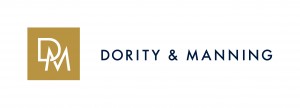 Dority & Manning, is seeking registered patent attorneys and agents with 2+ years of
Dority & Manning, is seeking registered patent attorneys and agents with 2+ years of




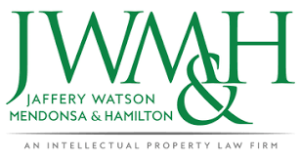
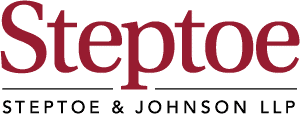
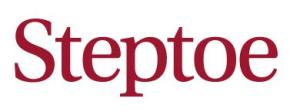
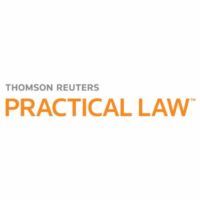
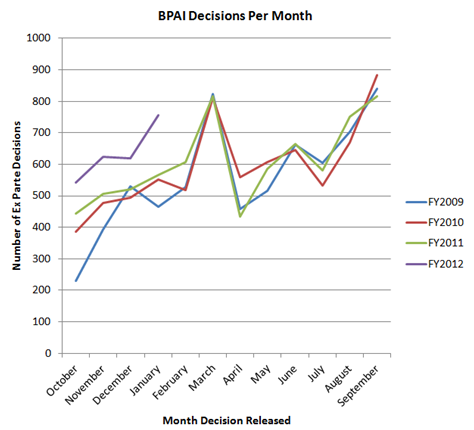
 In terms of method, Bilski v. Kappos reminds me of the Canadian Supreme Court’s 2002 decision in Harvard College v. Canada (Commissioner of Patents), which rejected a patent on a multicellular living organism.
In terms of method, Bilski v. Kappos reminds me of the Canadian Supreme Court’s 2002 decision in Harvard College v. Canada (Commissioner of Patents), which rejected a patent on a multicellular living organism. 
